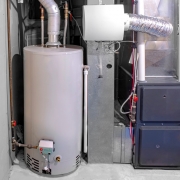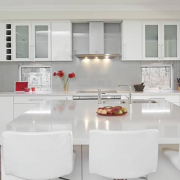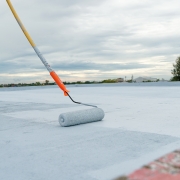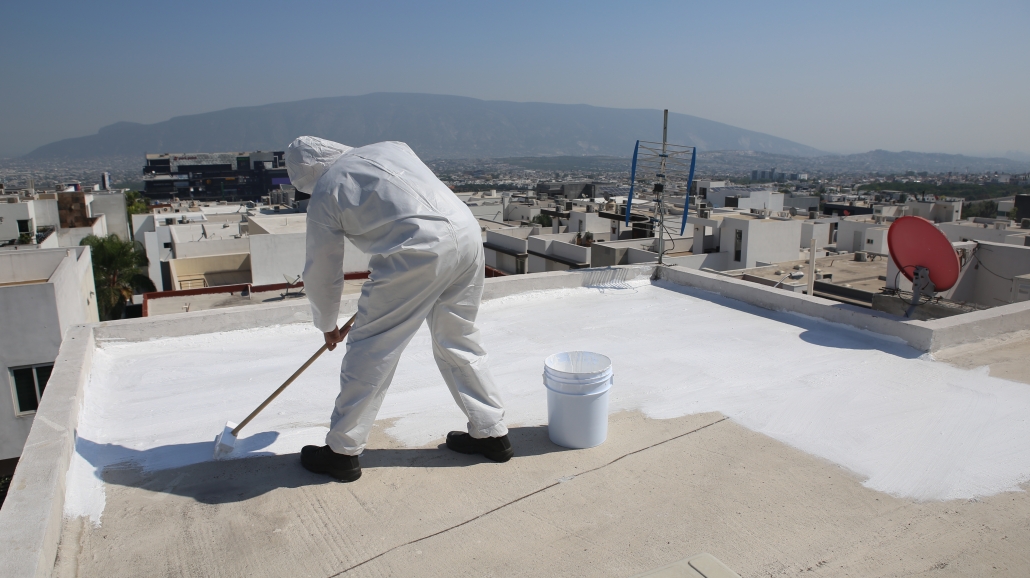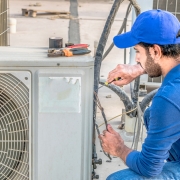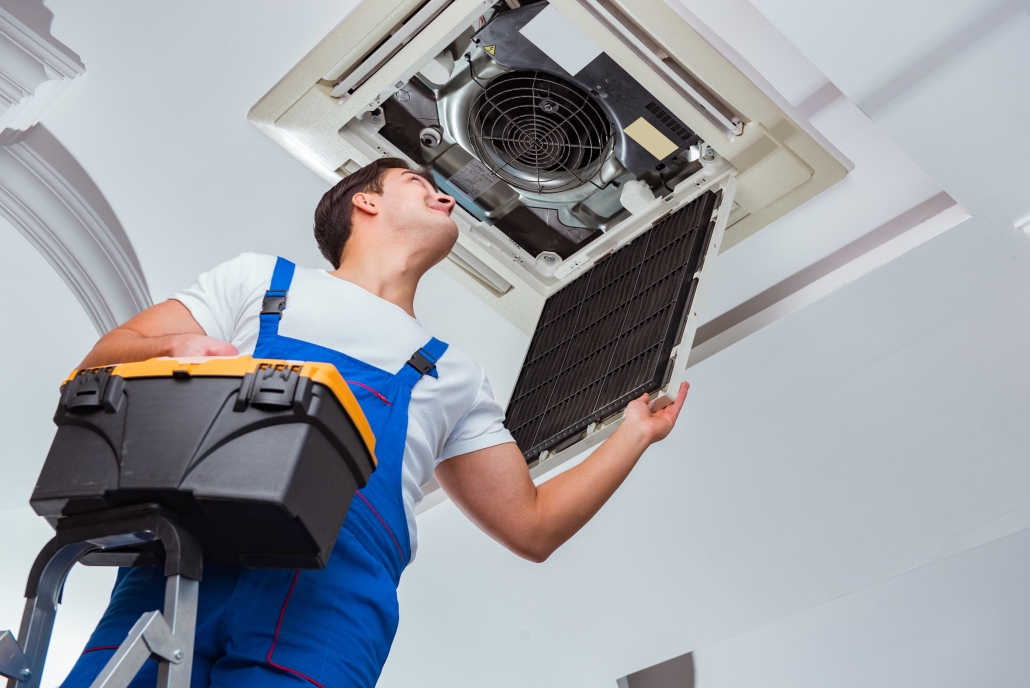A Home Maintenance And Repair Checklist For New Homeowners
A Home Maintenance And Repair Checklist For New Homeowners
As a new homeowner, you’re probably focused on your financial status after buying a home, but you shouldn’t forget about the maintenance and repairs. Your home is an investment that requires regular maintenance from day one. Just like purchasing a car, you need to follow a regular schedule for its upkeep to keep it safe and functioning well.
Maintaining and repairing your new home not only makes it look appealing but also saves you from wasting your money and possible headaches. It can be intimidating as a new homeowner to check off all the tasks on your list, but you don’t have to do this all alone. You can count on local tradies for an incredible home improvement and repair job.
Before you call professionals to do the job, it’s good to have an idea of what a general home maintenance and repair checklist looks like. We’ve come up with a list to make it easier for you.

Check your air conditioning system
Regularly checking your air conditioning will help you spot possible damages and address them promptly before you end up sweating in your home. Your new air conditioning system may function well once you move into your new home, but regular cleaning and maintenance checks will allow it to cool efficiently without using too much power.
If you find it difficult to know whether it’s functioning well or not, consider calling air conditioner repair services for more clarity. Luckily, if you get a good repair service team, they’ll give your air conditioner a general assessment at a reasonable price.
Deep clean your entire home
You should have a schedule around the year for deep cleaning your home. Deep cleaning not only ensures that your home is spotless but also allows you to check for areas that may need repair. Scrub walls and the floor thoroughly, or hire a professional to help you deep clean the crucial places in the house.
It’s an excellent feeling to live in a clean house. Fortunately, if you want to save on your budget, you can handle most of the cleaning alone without much experience. A clean home is easy to arrange and maintain, saving you time and energy after moving in as a new owner. The essential parts of your home that need cleaning include the kitchen, bathroom, filters, and living areas.
Check your electric and water controls
It’s vital to check the electric and water controls before settling down because you might find that the controls have been tampered with, so you’ll probably be paying too much or less than expected. You should also be familiar with your electricity and water controls. You must remember where they’re located and know how to use them.
It’s critical to know how to turn the controls off in the event of a storm or an emergency. If you’re unsure how to manage the controls, have an expert set it for you correctly.
Check your drainage
Will heavy rain affect your home? If it will, you should find a way to draw water away from your home or have it waterproofed. Waterproofing reduces the moisture entering your home and helps keep it structurally sound.
Water should not settle around your foundation; it should be able to flow away from it. If you live in an area that frequently experiences inclement weather, you should be aware of the risks stormwater can bring to your property.
Don’t forget to check if your gutters are damaged or blocked with leaves or debris, which can lead to inadequate exterior drainage. Thus, checking if your drainage system is functioning well is essential to avoid future damage and expensive repair costs.
Check your security devices
Safety is always the top priority when living in your own home. To ensure your safety, you should conduct regular maintenance and repair for your devices. You must ensure that all your security devices work well to prevent mishaps. This includes checking if all your detectors —gas, carbon monoxide—are functioning well to keep your family safe. Lastly, you can also install a CCTV system to boost your home security.
Conclusion
To maximise your efficiency and complete all the to-dos on your list, you might want to schedule an appointment with a trusted expert to help you conduct each task. Doing this will protect you from becoming too overwhelmed.
It’s essential to cover all the bases in your home for you and your family to live happily and safely in the coming years. Keeping a regular home maintenance and repair schedule can keep your expenses low, as you can spot trouble areas before they require major repairs or replacement.






